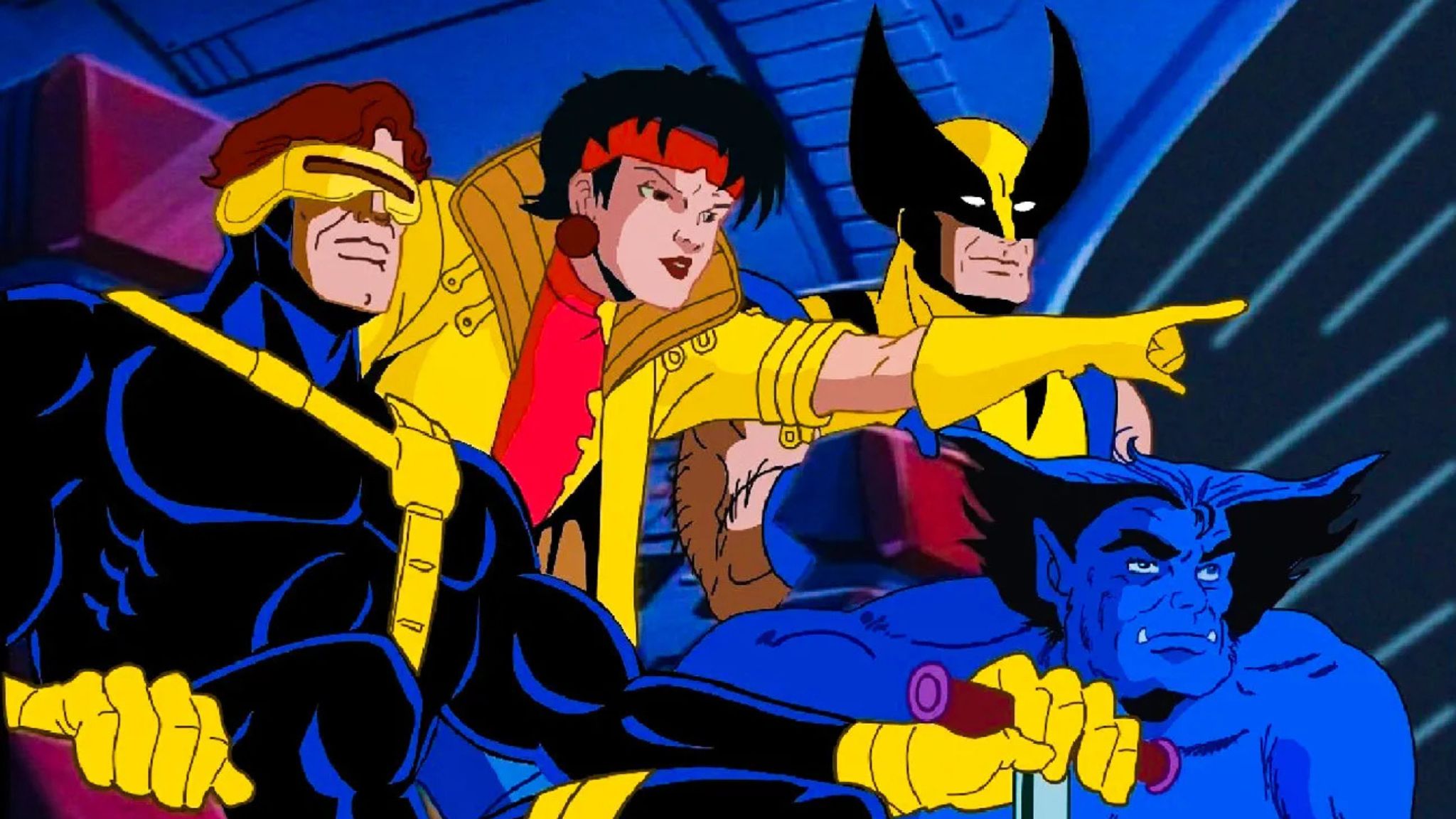
1992 saw the debut of “X-Men: The Animated Series,” a groundbreaking cartoon that left an indelible mark on pop culture and shaped Marvel’s mutants for generations to come. Coming at a time when the X-Men comics were experiencing commercial success, this series skillfully adapted the complex narrative of its source material for a mass audience on television. It tackled serious topics like prejudice, sacrifice, and social justice within the context of superhero adventures, demonstrating a level of maturity rarely seen in children’s programming. Additionally, the show’s memorable theme song and unique artistic style have become enduring cultural symbols, with many fans regarding it as the definitive representation of the X-Men.
The lasting popularity of “X-Men: The Animated Series” is largely attributed to its skillful adaptation of comic book characters and storylines, transforming them into their most captivating forms. The creative team demonstrated a keen appreciation for what made these heroes and villains relatable, simplifying complex backgrounds or enriching less-developed personalities to enhance their narrative impact. By emphasizing the emotional depth of its characters, the series produced portrayals that not only remained faithful to the comics but frequently outshone them. These adaptations set a benchmark for all subsequent versions to be measured against. Here are seven characters that were significantly enhanced by “X-Men: The Animated Series.
1) Rogue
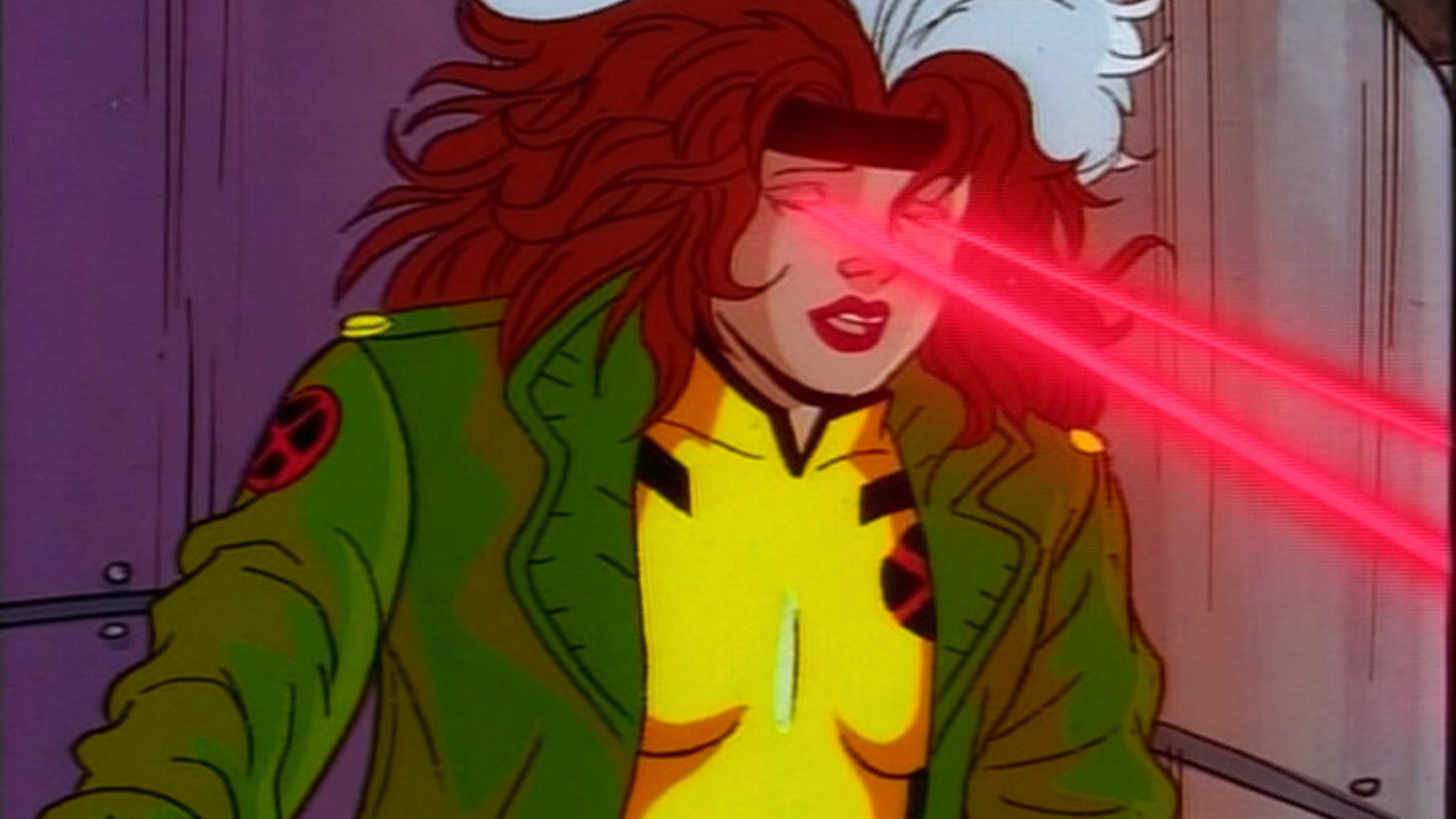
In the world of comics, I’ve noticed Rogue, a character known for her immense powers, has generally come to terms with the tragic aspects of her abilities that prevent her from physically touching others. Although this unique characteristic is deeply rooted in her persona, it doesn’t always take center stage in her emotional journey. Instead, Rogue is often depicted as a self-assured, sometimes bold woman hailing from the South, a veteran X-Man whose personal turmoil is just one piece of the complex puzzle that makes up the team’s ongoing saga.
In a notable transformation, the animated series “X-Men: The Animated Series” deeply embedded the central theme into Rogue’s persona, portraying her as a tragic romantic heroine marked by longing and loss. Voiced by Lenore Zann, this version of Rogue was significantly affected by her traumatic absorption of Carol Danvers’ psyche, which added a layer of heartache to her flirtatious relationship with Gambit. This portrayal of her curse as an unconquerable barrier to intimacy made her character incredibly relatable, striking a chord with viewers and paving the way for her live-action debut in the 2000 film “X-Men.
2) Gambit

Initially appearing in comics during 1990, Gambit had a personality that wasn’t always consistent and his backstory was obscure but generally undefined. Due to writers frequently altering his Cajun identity and driving forces, he seemed intriguing yet somewhat empty. Moreover, his romantic relationship with Rogue, which is renowned now, was still in its infancy at this point, lacking the depth and impact it would eventually develop.
Contrastingly, the animated series X-Men: The Animated Series firmly established the character of Gambit, owing largely to Chris Potter’s voice acting. In this interpretation, Gambit was depicted as a smooth-talking Cajun thief with a thick, charismatic accent, sharp sarcasm, and a questionable past tied to the Thieves and Assassins Guilds. Essentially, the series developed a robust narrative for his background and made his tragic relationship with Rogue a significant aspect of his personality. This portrayal was so impactful that it served as a model for Gambit in numerous other media forms, shaping his character consistently across generations of fans.
3) Mister Sinister
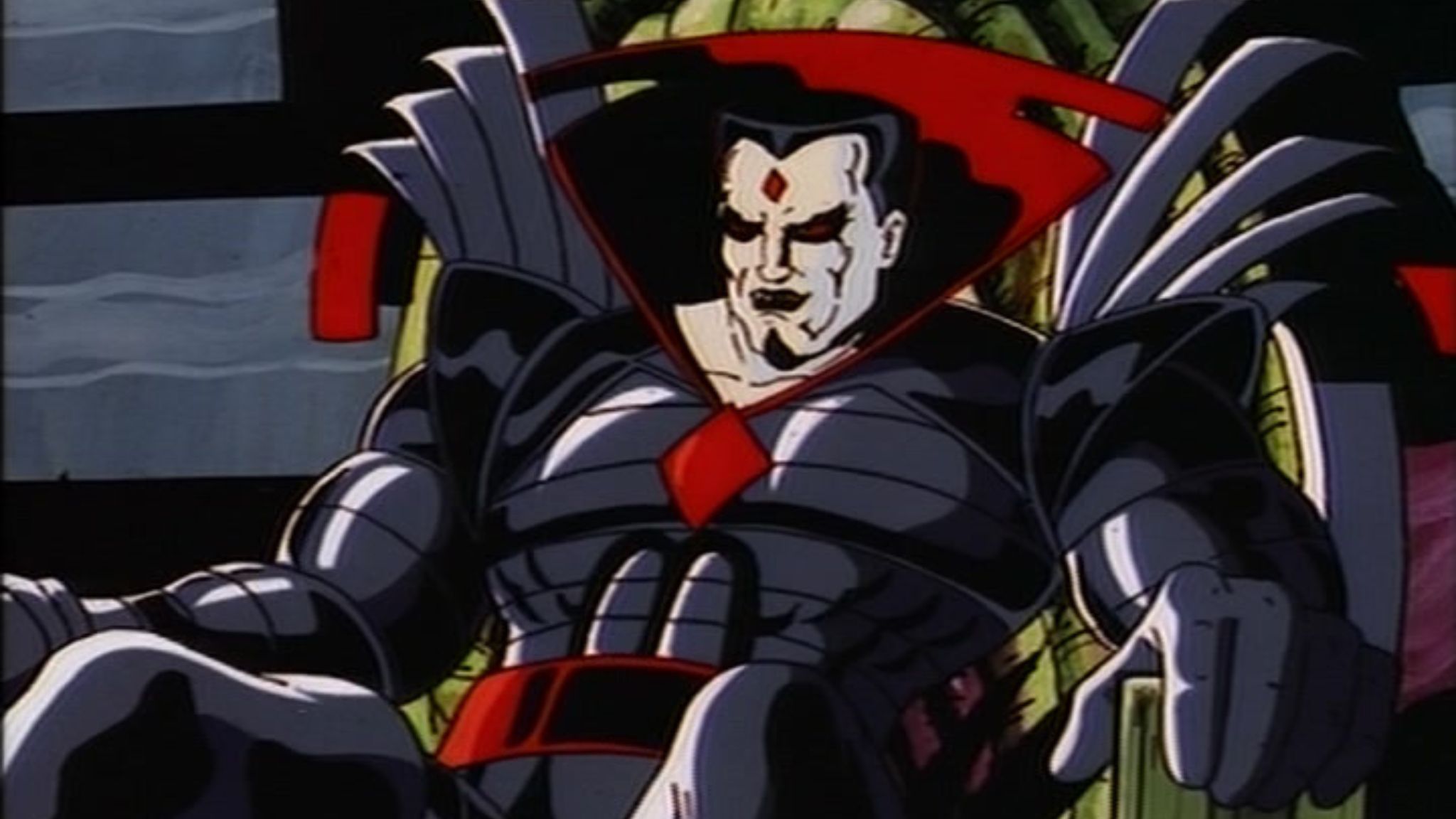
In the comic books, Mister Sinister is a geneticist who sometimes has confusing goals and connections to the X-Men. This leads to his plans often being isolated and not having the lasting effect or emotional depth that other main villains possess. As a result, although he looks impressive, Mister Sinister hasn’t yet solidified his position as an elite threat, similar to Magneto or Apocalypse. In other words, while he may be visually striking, Mister Sinister has yet to prove himself as a formidable adversary of the X-Men in terms of overall impact and personal significance.
In “X-Men: The Animated Series,” Mister Sinister was given a fresh take, emerging as a skilled manipulator and longstanding adversary who consistently challenged the X-Men throughout various seasons. Portrayed with haunting elegance by Christopher Britton, Sinister orchestrated several pivotal storylines such as Morph’s corruption and his relentless pursuit of Cyclops and Jean Grey’s genetic material. The series simplified his intentions, focusing them on perfecting the mutant race, which transformed him into a distinct ideological enemy for the X-Men. This unnerving presence cemented Sinister as one of the most formidable villains in the X-Men universe.
4) Morph
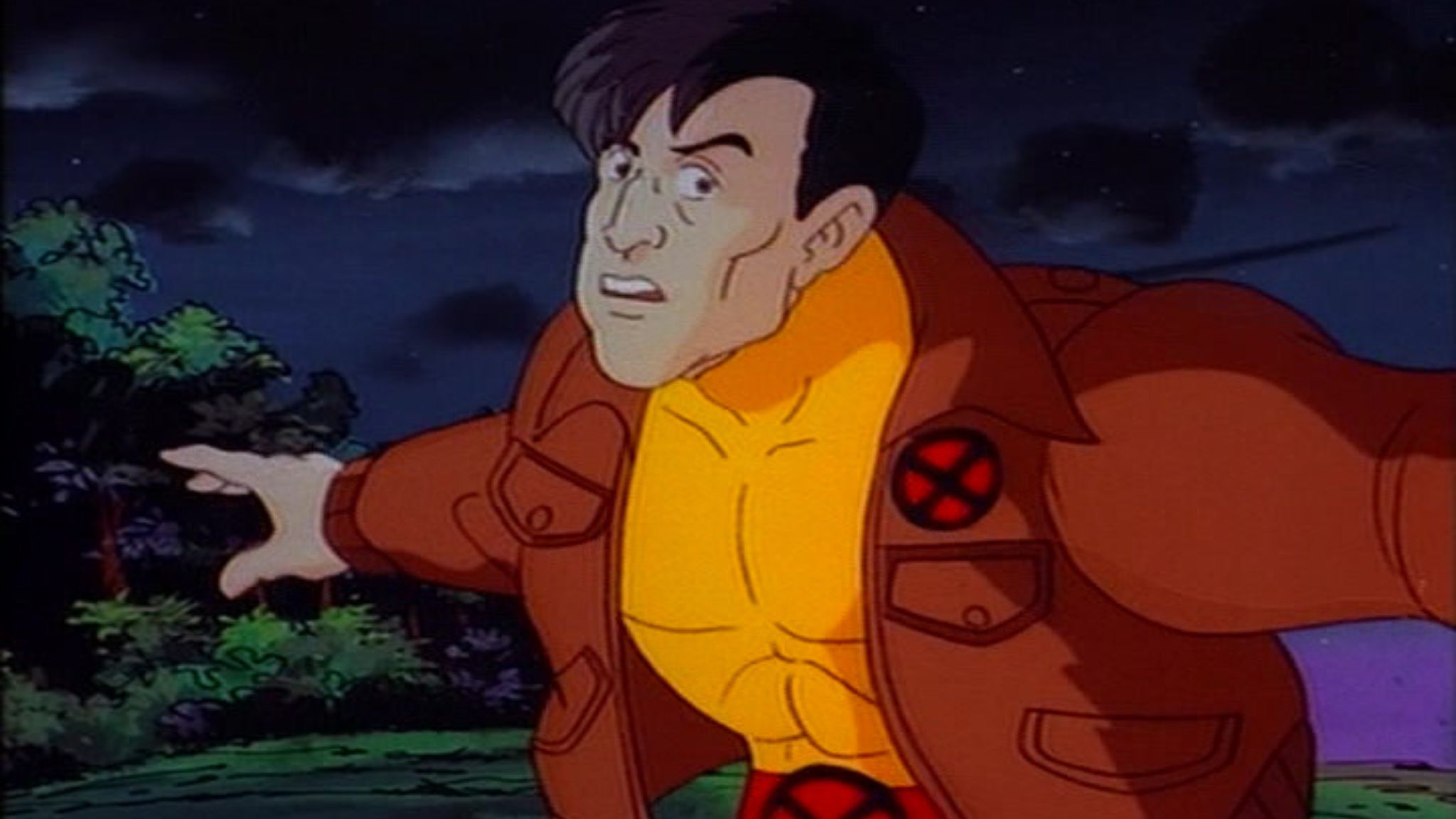
It’s quite possible that among all characters, Morph experienced Mister Sinister’s manipulative cruelty in a very personal way. Originally known as Changeling, this character started off as a minor figure in comic books and had a brief stint with the X-Men. However, he was not well-liked due to his morally questionable nature, and unfortunately, he didn’t make a lasting impact on the team or readers. His death in action left him as merely a footnote in the annals of X-Men history, virtually forgotten for many years.
Instead of following a traditional route, the animated show chose a unique path by reincarnating the character as Morph (voiced by Ron Rubin) and integrating him as one of the founding members. The surprising demise of Morph in the debut episode set the stage for the series’ intense drama right from the start. Contrary to expectations, his death wasn’t a finale but rather the commencement of a captivating character development. Later on, Mister Sinister revived Morph and warped him into a mentally shattered puppet. This story shift changed Morph from a disposable supporting character into a sympathetic figure and a central emotional element for the entire series. The tale of his trauma and recovery transformed him into a beloved character among fans.
5) Beast
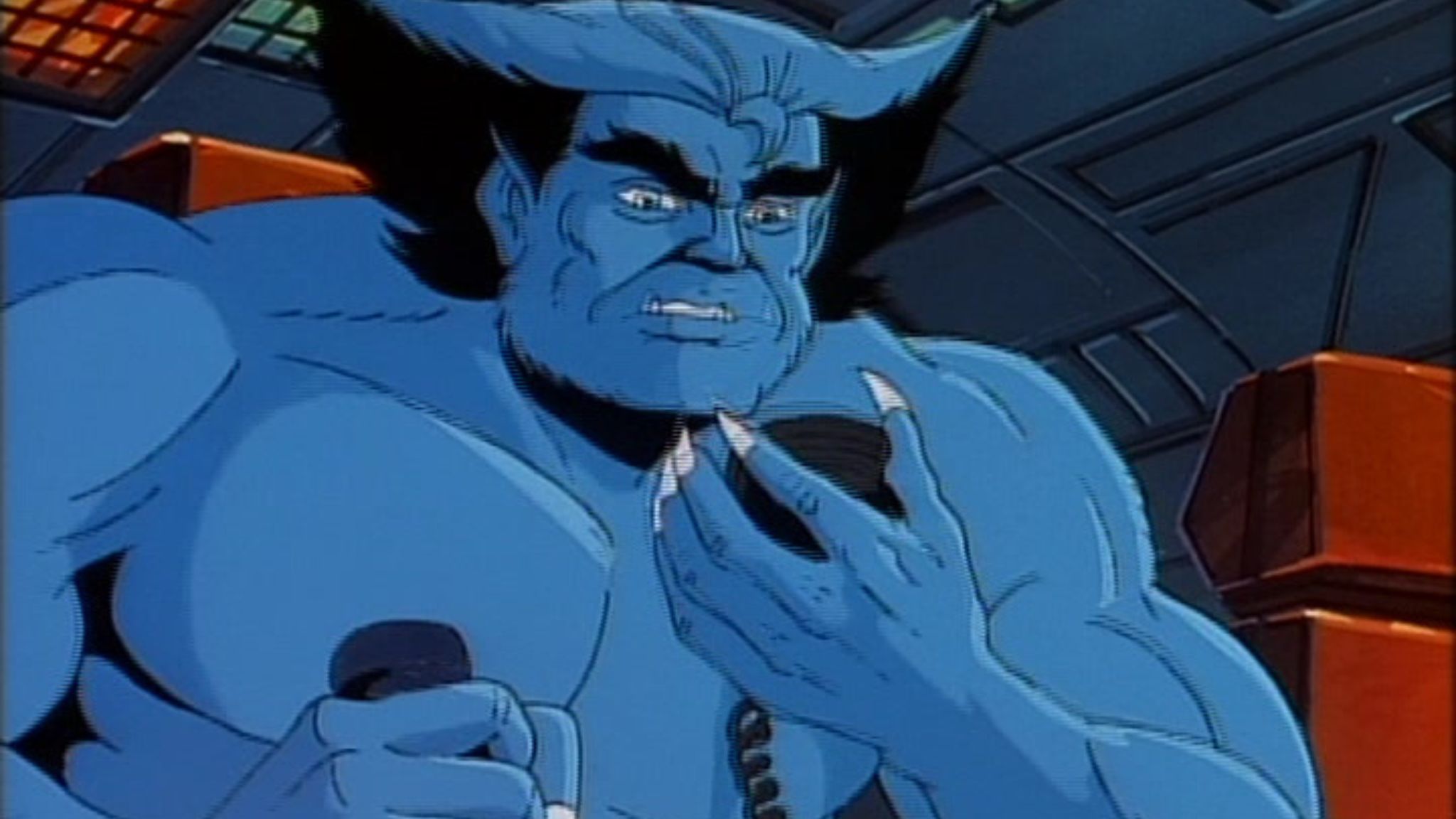
Dr. Hank McCoy, from Marvel Comics, is often depicted as a clever character with agility, swiftly coming up with literary references or scientific explanations. His intelligence is a key aspect of his character, but it’s not always his role as a profound thinker or ethical philosopher that takes center stage. Instead, his character tends to focus more on providing comic relief and technical knowledge.
In the animated series titled X-Men: The Animated Series, Beast was reimagined as the team’s moral compass, with George Buza delivering an impressive performance as his voice. When introduced, he was shown being arrested for peacefully protesting against mutant discrimination laws, marking him as a thoughtful activist right from the start. Throughout the series, Beast used his intellect and compassion to advocate for justice, often employing measured philosophical discussions to challenge injustice. This portrayal of Beast as a wise and dignified character became iconic and later impacted comic books and other adaptations.
6) Jubilee
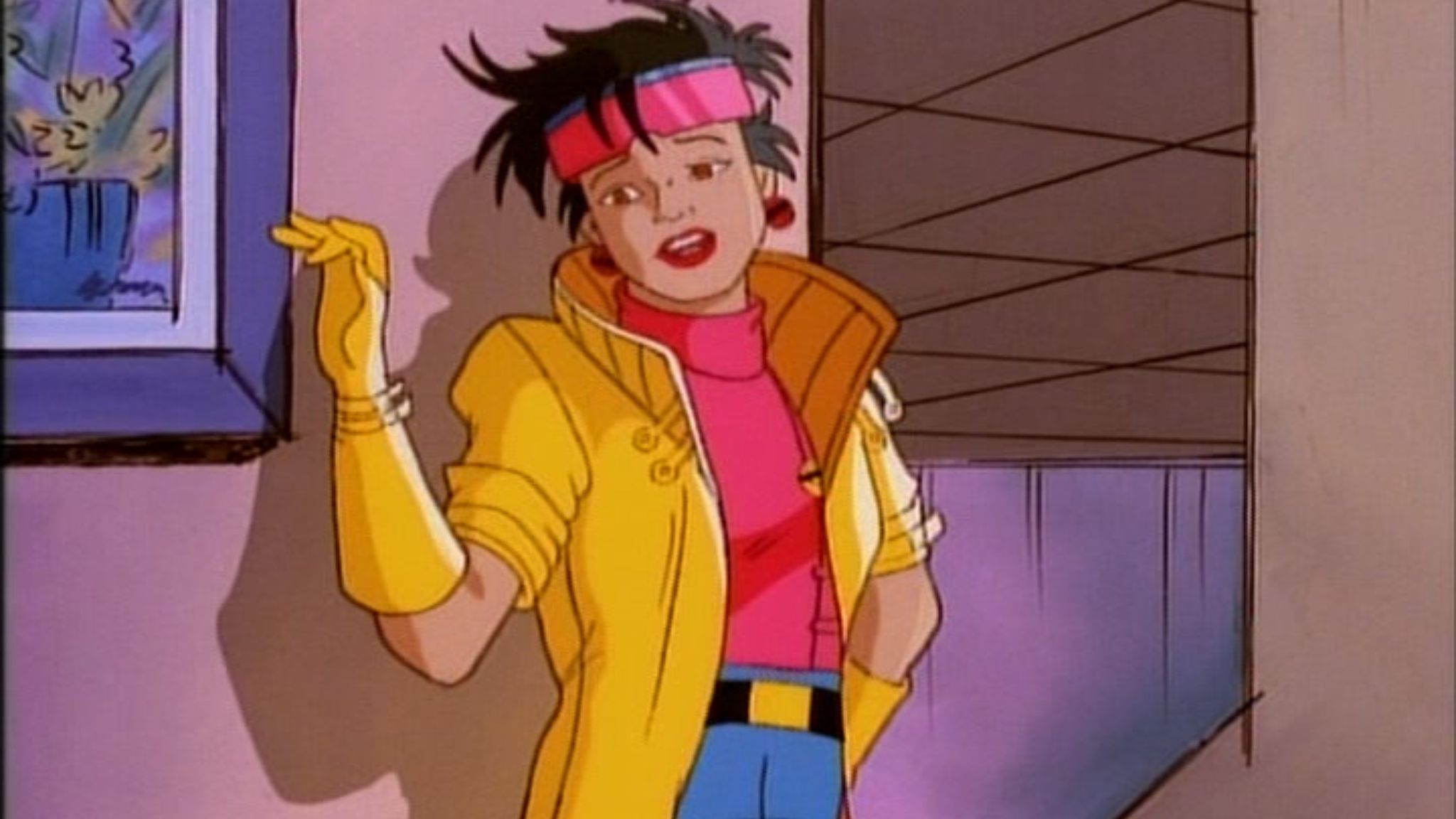
In the world of comics, Jubilee initially appeared as a typical teenage mall-goer, often accompanying Wolverine as his lively sidekick. Her main functions were to bring humor and occasionally display pyrotechnic abilities. Despite being likable, she generally reacted more than took an active role in the team’s significant decisions or key storyline conflicts, having minimal direct impact on the overall plot.
As an observer, I’ve seen how the animated series significantly reshaped Jubilee’s character, making her a stand-in for us viewers. Alyson Court wonderfully brought Jubilee to life, introducing us, the audience, to the intricate X-Men universe through her eyes. It was alongside her that we first grasped the harsh realities of mutant persecution, the looming threat of Sentinels, and the intricate family dynamics within the team. Rather than keeping her on the sidelines, the series actively engaged Jubilee in major storylines that continuously challenged her courage. This transformation from a supporting character to a pivotal perspective-holder was not just a role change, but a breath of fresh air in the world of the X-Men.
7) Bishop
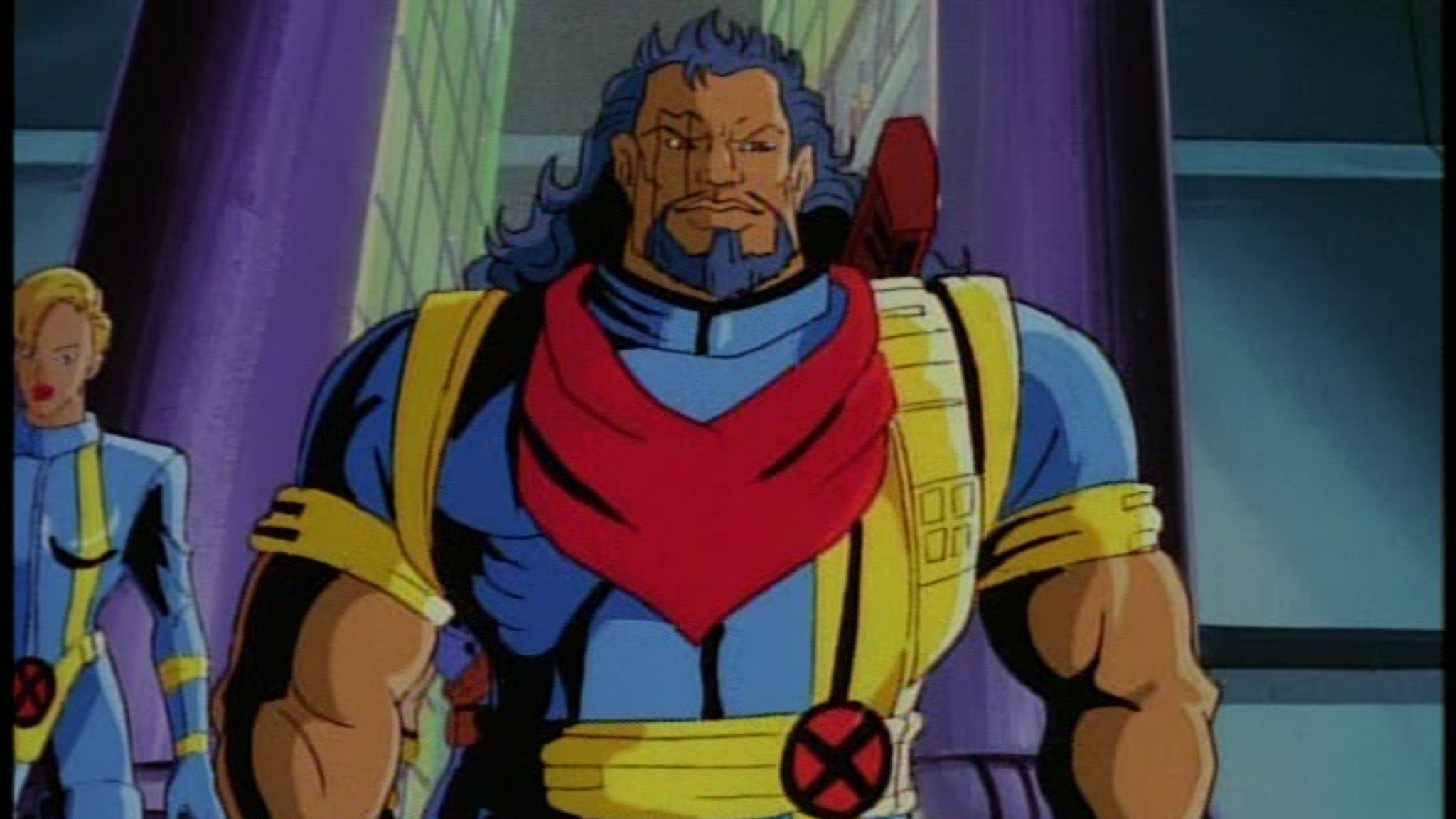
Initially appearing in comic books, Bishop emerged as a tough and frequently suspicious enforcer hailing from a grim future society. Upon his arrival in the present, he came across as an explosive outsider who was distrustful of the X-Men and adhered strictly to his command, which frequently caused friction within the team. Therefore, despite the importance of Bishop’s role as a time traveler, his complicated objectives and confrontational persona made him a challenging figure for readers to connect with.
The animated series “X-Men: The Animated Series” significantly altered Bishop’s origins, making a lasting impact on his character perception. Instead of Kitty Pryde, the show placed Bishop at the heart of the “Days of Future Past” narrative, sending him back in time to stop a Sentinel-dominated apocalypse that was originally forecasted for her. Voiced by Philip Akin, this animated version of Bishop transitioned from a wary adversary to a practical ally. This transformation resulted in a straightforward yet reliable hero, whose purpose became clear and easy to support. Consequently, this portrayal of Bishop has been deeply ingrained in viewers’ minds as the definitive X-Men timekeeper.
https://comicbook.com/tv-shows/news/10-best-marvel-animated-shows-ranked/embed/#
Read More
- Ashes of Creation Rogue Guide for Beginners
- ARC Raiders – All NEW Quest Locations & How to Complete Them in Cold Snap
- Best Controller Settings for ARC Raiders
- Ashes of Creation Mage Guide for Beginners
- Fishing Guide in Where Winds Meet
- Eldegarde, formerly Legacy: Steel & Sorcery, launches January 21, 2026
- Netflix’s One Piece Season 2 Will Likely Follow the First Season’s Most Controversial Plot
- Where Winds Meet: How To Defeat Shadow Puppeteer (Boss Guide)
- Bitcoin’s Wild Ride: Yen’s Surprise Twist 🌪️💰
- Where Winds Meet: Best Weapon Combinations
2025-08-15 03:01